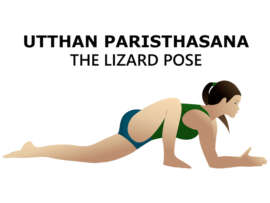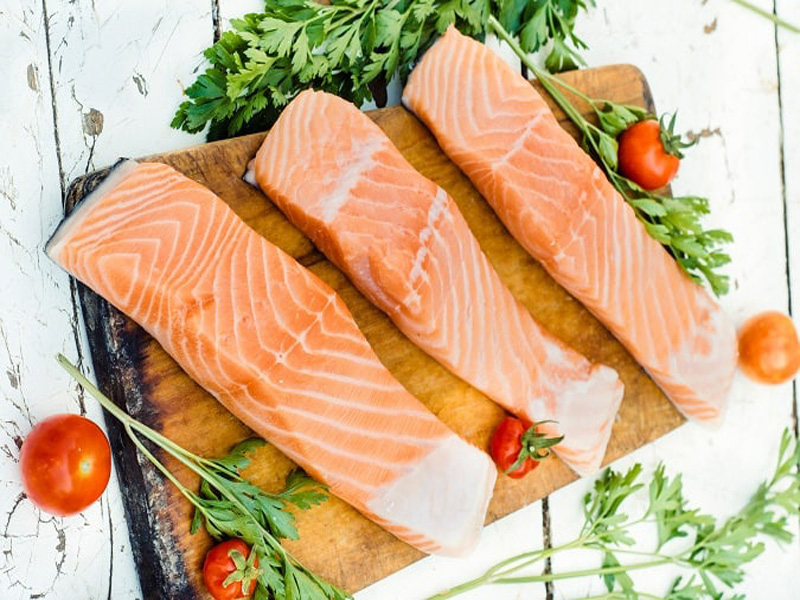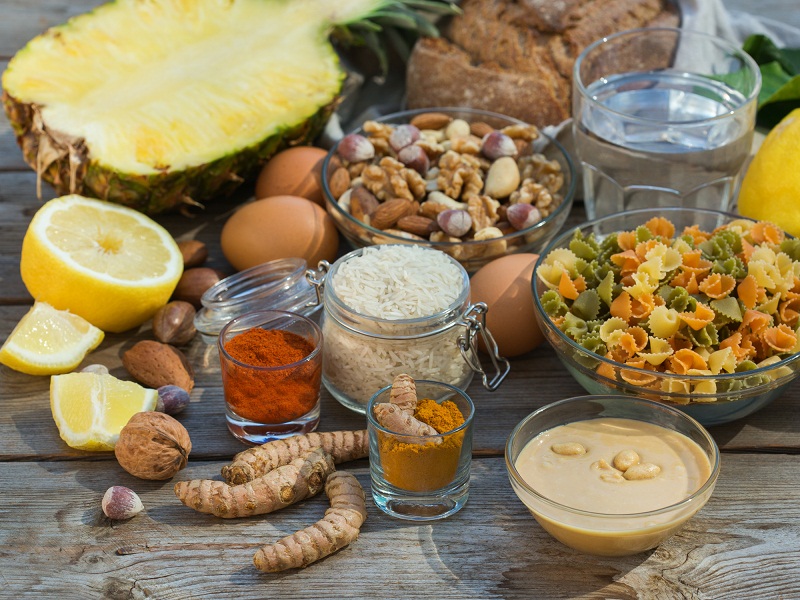Did you ever thought about going vegetarian, but a hot hamburger pulled you out? The Flexitarian diet is the perfect solution for people who love to eat healthily but don’t want to give up meat altogether. This diet is both flexible and vegetarian hence the name Flexitarian!
Dawn Jackson Blatner is the dietician who created a Flexitarian diet that helps you reap the vegetarian diet benefits without giving up meat. Read on to know an overview of this diet and its services.
What Is Flexitarian Diet?
A Flexitarian diet encourages you to eat more plant-based foods and less meat; it is a semi-vegetarian eating style. If you want to cut back on the number of animal products you consume, a Flexitarian diet is a perfect choice. People who follow this diet are not considered vegans or vegetarians as flexitarians eat animal products.
There are no strict rules in following a flexitarian diet plan as it is more of a lifestyle choice than a dietary change and is a popular choice among many health enthusiasts. Eating nutritious plant-based foods and less meat is the primary goal of the Flexitarian diet.
See Also: What Is Pescatarian Diet?
Foods to Eat on a Flexitarian Diet:
The Flexitarian meal plan emphasizes plant-based foods over animal proteins, which are processed minimally. Some of the foods you need to include in this diet regularly are:
- Proteins such as legumes, lentils, tofu, soybeans, tempeh.
- Starchy vegetables such as peas, corn, sweet potato, winter squash.
- Fruits like cherries, apples, berries, oranges, grapes.
- Non-starchy veggies like bell peppers, greens, green beans, cauliflower, carrots, Brussels sprouts.
- Whole grains such as buckwheat, faro, quinoa.
- Healthy fats, seeds, and nuts such as flaxseeds, avocado, olives, almonds, chia seeds, cashew, walnuts, peanut butter, pistachios, coconut.
- Plant-based alternatives for milk like coconut, unsweetened almond, soy milk, and hemp.
- Seasonings, spices, and herbs such as oregano, basil, thyme, mint, ginger, turmeric, cumin.
- Beverages like coffee, tea, and water.
- Condiments such as apple cider vinegar, salsa, mustard, reduced-sodium soy sauce, ketchup without sugar, nutritional yeast.
Foods to Avoid on the Flexitarian Diet:
As we said before, the Flexitarian diet doesn’t restrict you from eating meat but limits the amount you consume along with several processed foods. Here is the list of foods that you need to minimize:
- Refined carbs such as white rice, white bread.
- Processed meats like sausage, bacon.
- Fast foods such as milkshakes, burgers, fries.
- Sweets and added sugar.
Health Benefits of Flexitarian Diet:
Consuming vegetarian food and less amount of meat in the form of a flexitarian meal plan can be very beneficial for your health (1).
1. Flexitarian Diet And Weight Loss:
By limiting the amount of processed, high-calorie foods in the Flexitarian diet and consuming plant-based foods, you will significantly reduce the waistline. Many studies show that contribution to weight control is seen in people who consume low in saturated fat and high in fiber (2).
Many people follow vegan diets that lose weight significantly more than a Flexitarian diet since it is closer to a vegetarian diet.
2. Type 2 Diabetes:
Type 2 diabetes is one of the most prevalent diseases that affect many people all around the world. Managing this chronic health condition becomes more comfortable if you follow a vegetarian diet. All you have to remember is to keep a count of the number of carbohydrates you consume.
Plant-based diets are low in unhealthy fats and sugar and high amounts of fiber, resulting in weight loss.
According to a study, type-2 diabetes prevalence is lower in Flexitarians compared to non-vegetarians (3).
3. Cancer:
You may reduce the risk of cancer if you incorporate vegetarian foods by following a Flexitarian diet. The antioxidants may help prevent cancer by consuming foods like legumes, whole grains, seeds, vegetables, fruits, and nuts.
Compared to non-vegetarians, people who follow a semi-vegetarian diet are less likely to get colorectal cancers (4).
4. Lowers the Rate of Heart Disease:
Heart health can be promoted by following a rich diet source of healthy fats and fiber. When compared to non-vegetarians, the risk of heart disease is lower in vegetarians (5).
Although there is no direct research providing the benefits a flexitarian diet has on heart health, since it is much similar to a vegetarian diet, the benefits might also be identical.
The Benefit to the Health & Environment:
We have provided with you the health benefits a Flexitarian diet has on your body. But did you know it is also beneficial for the environment? Yes! It decreases the emission f greenhouse gases and land and water usage by reducing the consumption of meat.
The green gas emission could decrease by 7% by following the Flexitarian diet since replacing meat with plant-based foods (6).
Producing animal protein requires more energy when compared to growing fruits and vegetables. Therefore by increasing the demand for veggies and fruits, you can devote land for cultivation instead of using it for raising livestock.
Eating more plant foods will also drive more land to be devoted to growing fruits and vegetables for humans instead of feed for livestock (7).
Flexitarian One Week Sample Meal Plan:
Monday:
- Breakfast: Scrambled tofu with spices and vegetables.
- Lunch: Use feta cheese, pecans, dried cranberries, and prepare a quinoa salad.
- Dinner: Ground turkey, side salad, and stuffed bell peppers.
- Snacks: Quinoa and cauliflower bites.
Tuesday:
- Breakfast: Sautéed vegetables, fruit salad, and over-easy eggs.
- Lunch: Prepare a peanut butter sandwich with whole-grain bread with crushed berries.
- Dinner: Sweet potato fries with black bean burger.
- Snacks: Roasted cashews.
Wednesday:
- Breakfast: Blueberries with Greek yogurt.
- Lunch: Peanut dipping sauce and chard wrap with mixed vegetables.
- Dinner: A side salad with lentil stew.
- Snacks: Date and banana muffins.
Thursday:
- Breakfast: Prepare a smoothie with peanut butter, frozen berries, spinach, and almond milk.
- Lunch: Tomato soup and lentils with kale Caesar salad.
- Dinner: Roasted cauliflower, quinoa, and baked chicken.
- Snacks: Roasted pumpkin seeds.
Friday:
- Breakfast: Bananas and walnuts with coconut yogurt.
- Lunch: Wrap vegetables, chickpeas with hummus in a whole-grain wrap.
- Dinner: Baked sweet potato and green beans with grilled salmon.
- Snacks: Vegan almond butter.
Saturday:
- Breakfast: Use cinnamon, milled flaxseed, and apples to prepare steel-cut oats.
- Lunch: Avocado, black beans, corn, shrimp, and greens salad.
- Dinner: Whole-grain bread with a side salad and lentil soup.
- Snacks: Fig and cashew bars.
Sunday:
- Breakfast: Poached eggs, whole-grain toast with avocado.
- Lunch: Brown rice, vegetables, and beans with a burrito bowl.
- Dinner: White beans and zucchini noodles with tomato sauce.
- Snacks: Fig and nut energy bites.
Pros and Cons of the Flexitarian Diet:
Here is a list of pros and cons of the Flexitarian diet you may keep in mind if you want to follow it.
Pros:
- Encourages you to consume nutrient-dense foods.
- You can prepare this diet according to your taste.
- Budget-friendly.
- Aids in a healthy weight loss.
- It is a sustainable diet plan.
Cons:
- It may not be suitable for people who consume meat daily.
- May cause an iron deficit.
- People who have diabetes may need more guidance.
Side Effects of Eating Less Meat and Animal Products:
If you are an adherent meat eater, then limiting the amount of meat, you may feel you less satisfied, making you eat something you shouldn’t. This may mean you may eat more calories when compared to beef.
Including foods that give you enough protein that doesn’t make you crave meat, such as tofu, lentils, or a protein shake, can be beneficial.
If you have a deficiency of iron, then following a Flexitarian diet may cause more problems.
Restricting the intake of meat may cause depression in some people.
Eating plant-based foods predominantly while reducing meat intake slowly is the key to following a Flexitarian diet. There is no need to eliminate the meat, and you can choose the amount you consume depending upon your lifestyle and personal preference. Don’t forget to let us know how this article has helped you.
Disclaimer: The information provided in this article is based on research and not parallel to a doctor’s advice. Make sure you consult your physician before you start a new diet. The website is not responsible for the effects it may have on your body.
F.A.Qs:
1. Is Dairy a Part of a Flexitarian Diet?
Ans: A Flexitarian diet is considered an omnivorous diet since it is not as strict as a vegan diet. Animal products such as meat, fish cuts, dairy are still a part of a Flexitarian diet.
2. How Frequently Does Flexitarian Eat Meat?
Ans: The unique thing about a Flexitarian diet is it doesn’t stop you from eating meat but urges you to consume less. Depending on your commitment, you can eat up to 28 ounces of lean meat or poultry per week. You can drop down the meat consumption to 3 ounces up to three times a week as you add vegetarian recipes to your diet.
3. Which Diet is Better Vegan or Flexitarian?
Ans: Flexitarian or vegan, which one is right for you, depends upon your needs and the commitment. But if you look at it from an environmental perspective, many people consider a vegan diet better than a Flexitarian diet.
























































































